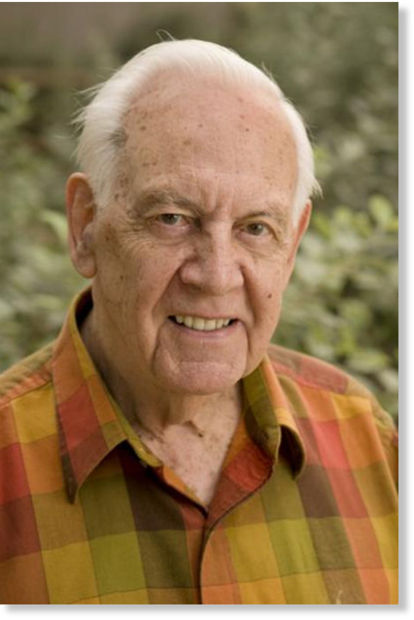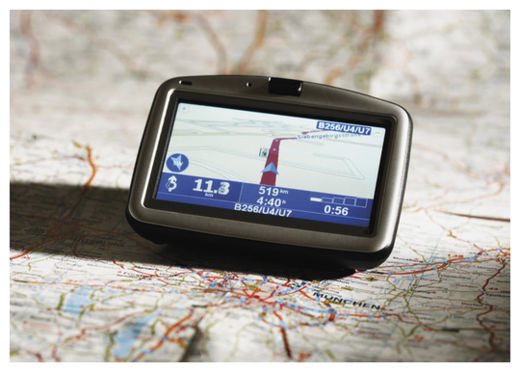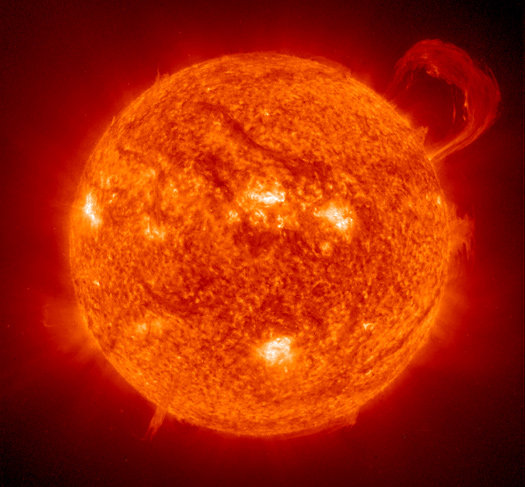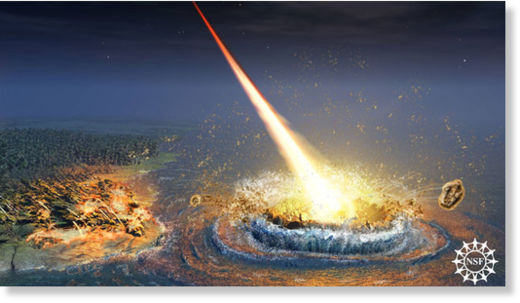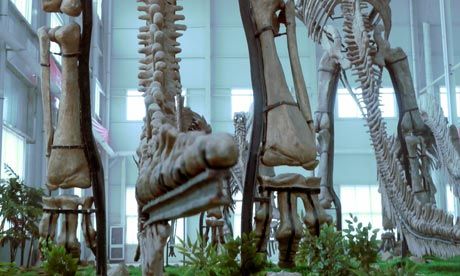
© Ollie BlandLateral Acceleration: Going forward too fast is dangerous enough, but a sudden sideways knock can be deadly. Most airplanes’ overhead bins can withstand up to 14 Gs of lateral acceleration, but humans confronted by the same force must either envelop themselves in racecar-style seats or risk having their organs torn loose.
On the morning of October 25, 1999, captain Michael Kling and his first officer, Stephanie Bellegarrigue, piloted a Learjet Model 35 out of Orlando and set a heading for Dallas, where their passengers - the professional golfer Payne Stewart, Stewart's agents Robert Fraley and Van Ardan, and golf-course architect Bruce Borland - were planning to build a new course. The Learjet, a plane often used for such trips, was a marvel of engineering: It could climb 4,340 feet in a minute and cruise at up to 530 mph. In 1976 a similar Lear, the Model 36, set a round-the-world speed record.
As the crew headed north, they received instructions from a Jacksonville controller, first to climb to 26,000 feet, then 39,000. "Three nine zero bravo alpha," the first officer acknowledged. It was her last transmission. A few minutes later, the Learjet leveled out and the controller issued another routine instruction. No one radioed back. The controller tried to reach the crew five more times in the next four and a half minutes.
When a flight crew is unresponsive, the FAA asks that the nearest military jet make a visual assessment - in this case, it was an F-16 pilot on a test run out of nearby Eglin Air Force Base. Coming even with the Learjet, the test pilot reported that both of the plane's engines were running. By all indications, the Learjet was in perfect working order. But the test pilot also reported a disturbing detail: The Learjet's windows were opaque, as if covered from the inside with condensation or ice.
It was becoming clear that in the minutes after Bellegarrigue's last transmission, the cabin had lost pressure and all its oxygen began to escape. Within as little as eight seconds, the crew and their passengers most likely began to experience hypoxia - lack of oxygen in the bloodstream - that impaired their most basic motor and cognitive functions. They may not have even been aware that there was a problem, but within a few minutes of the breach, they were probably dead.
Yet the plane continued on, because a plane does not need its occupants to be comfortable in order to operate. It does not even need them to be breathing.
"You can create a system to do whatever you need it to do. But can you keep a person conscious and alive inside it?"
